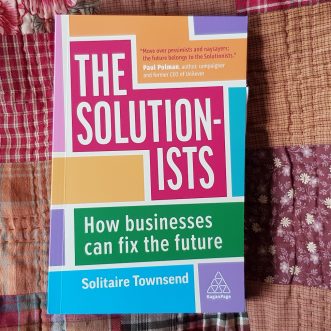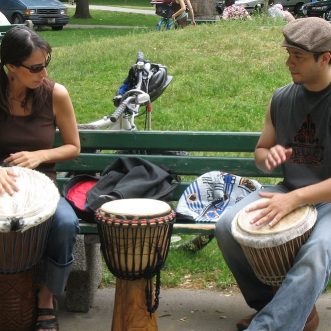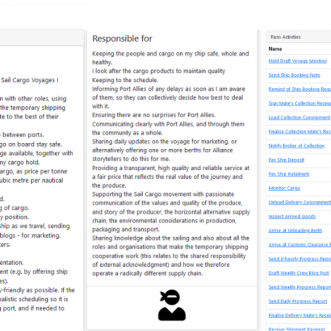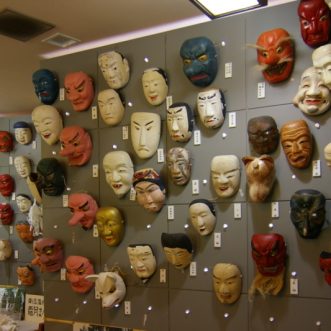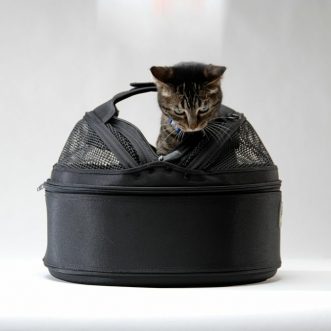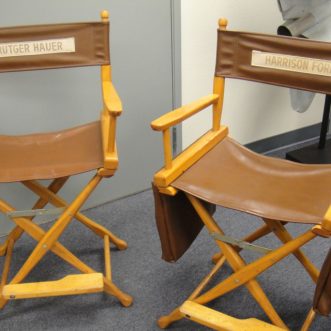
Negotiated joining
Another really interesting piece from Vaughn Tan today:
Using Negotiated Joining to Construct and Fill Open-ended Roles in Elite Culinary Groups
In a nutshell, instread of recruiting new team members against an extensive checklist of skills, comptencies and attributes, these elite teams (incumbents) select a likely-looking candidate (aspirant) and find out whether and how they can best work together by actually doing it for a provisional period.
During this time, the aspirant is expected to understand the role and the role-components that make it up, and to demonstrate strengths in enough of these roles to make them worth employing. They may even bring new strengths to the role, requiring a new role-component.
On the other side, the incumbents are expected to understand and test the strengths of the aspirant and recognise when one or more of their own role-components is superseded, or a completely new role-component has been created.
Only when the negotiation is satisfactory to both sides does membership become formal. In this way both sides negotiate coming together to form a new, reconfigured team.
I think this is a very interesting process that could be applied to more than elite teams, such as a growing small business that already has a Customer Experience Score in place. Role-components correspond to Activities in the Score, while Roles have responsibility for one or more parts of the Score. Having the Customer Experience Score in place makes this less risky than it might otherwise be, since everyone knows ‘the least that must happen’.
I’d use it to allow individuals to negotiate how they can best contribute to the delivery of the company’s Promise of Value, not just when they join, but throughout their career with the company, as they grow and develop.
I’d also use it to ensure that everyone knows more or less everything about the Customer Experience Score, giving flexibility and resilience to the organisation while leaving plenty of room for evolution.
Because, after all, the Discipline is there to make Daring possible.
